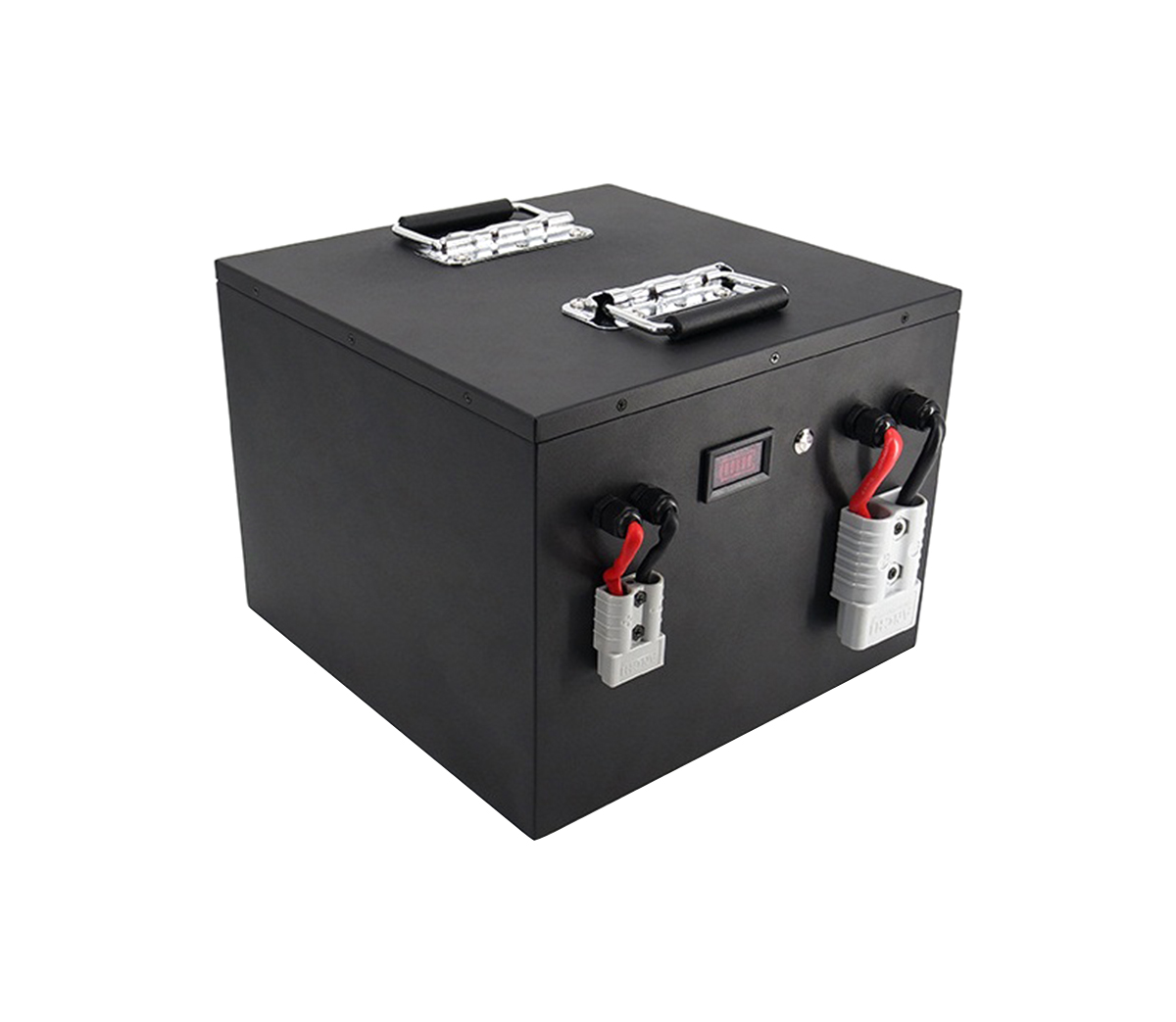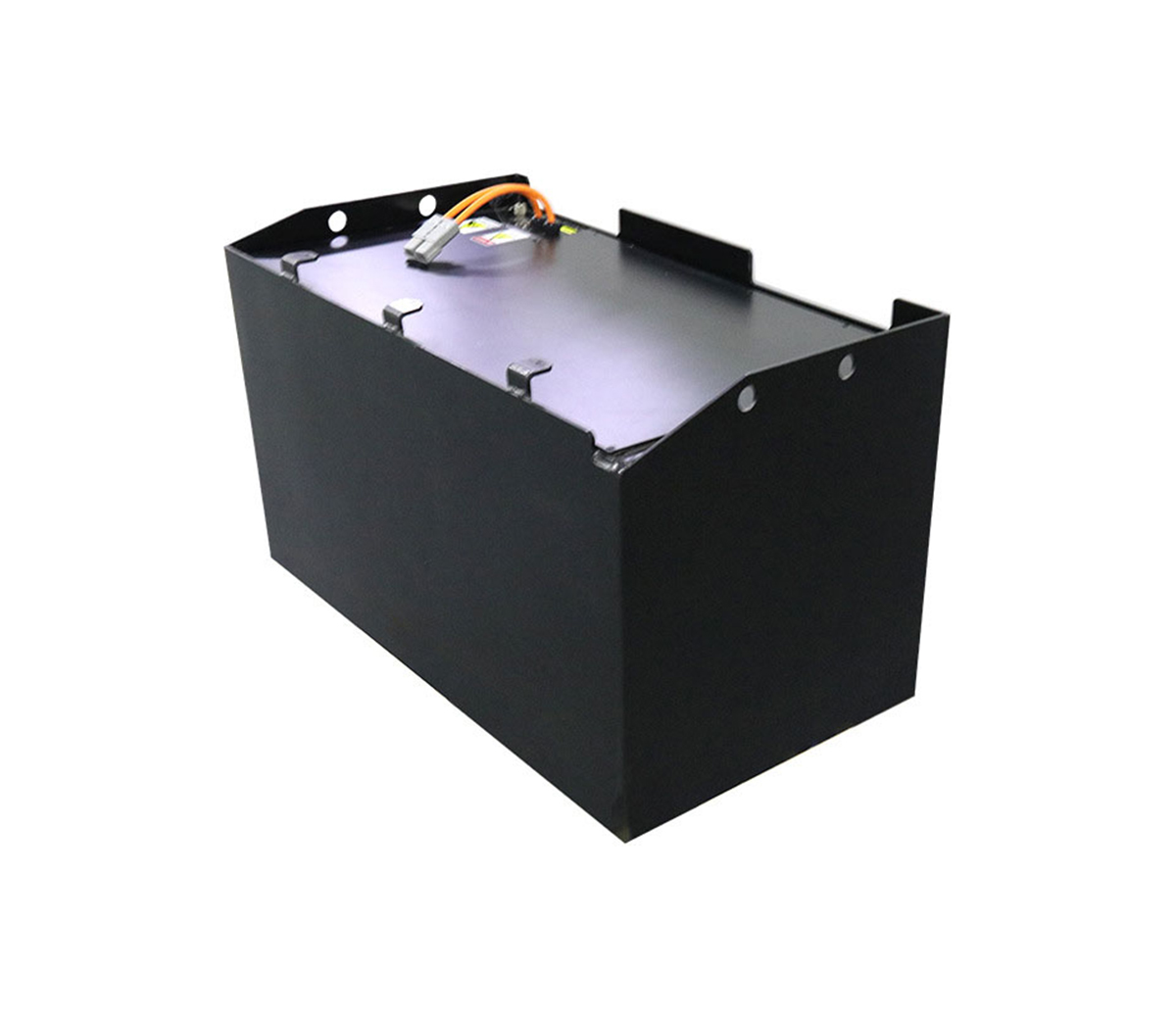You can build a photovoltaic power plant on the water surface? This is not a new thing, in fact this kind of floating PV power station has many benefits, such as saving land area, effectively cooling the PV panels, and improving the output rate of fisheries.
Although SES Power is mainly focusing on lithium battery energy storage and power systems, we have many lithium battery products that are in fact used with PV products, so we are very concerned about the development of the PV industry.
Currently, the global floating PV market is still a niche segment, but that may be about to change as technology evolves and more stakeholders come on board. in 2022, the overall market is expected to approach 4GW (GWdc), a 150% year-over-year increase.

WoodMac reports that while floating PV currently accounts for only 2% of total global solar demand, it is expected to grow at a CAGR of 15% over the next decade, with cumulative global installed capacity expected to exceed 58 GWdc.
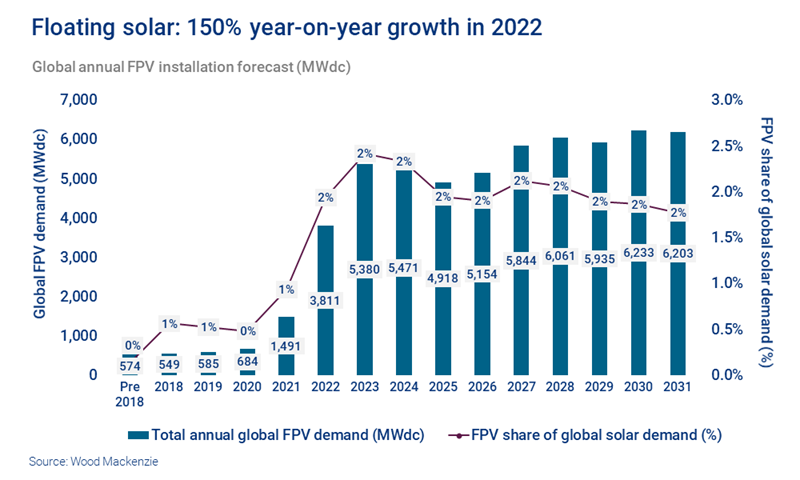
(Floating PV is expected to grow 150% year-over-year in 2022)
Land scarcity, growing land costs, new entrants and an increasingly mature market will all contribute to the growth of the floating PV market. There is also growing interest in the development of offshore and near-shore floating PV in onshore bodies of water or where there is limited use of solar energy.
Many new project announcements and tenders are being made around hybrid floating PV-hydro projects. These two technologies can complement each other. In the dry season, floating PV can maximize output, while in the wet season, hydropower can be the primary method of generation.
The combination of the two can help manage peak demand and smooth out the total amount of electricity generated. Co-location with existing offshore wind projects also helps with cost amortization, as floating PV can take advantage of existing transmission infrastructure.
The field is continuing to evolve, with disruptive solutions being proposed in many ways, making floating PV more adaptable to waterbody-based applications. We are seeing new entrants and stakeholders develop innovative technologies for floating system design, such as double-glass modules, wave attenuating floats and flexible mooring solutions.
Asia Pacific remains the largest market for floating PV, with this region accounting for more than 93% of the installed capacity in 2022 with 3GWdc capacity.
Very high population densities bring about this dominance. High population density leads to land scarcity, resulting in higher land costs. Asia Pacific also has one of the lowest floating PV capex compared to other regions due to the availability of locally manufactured modules and relatively cheap labor.
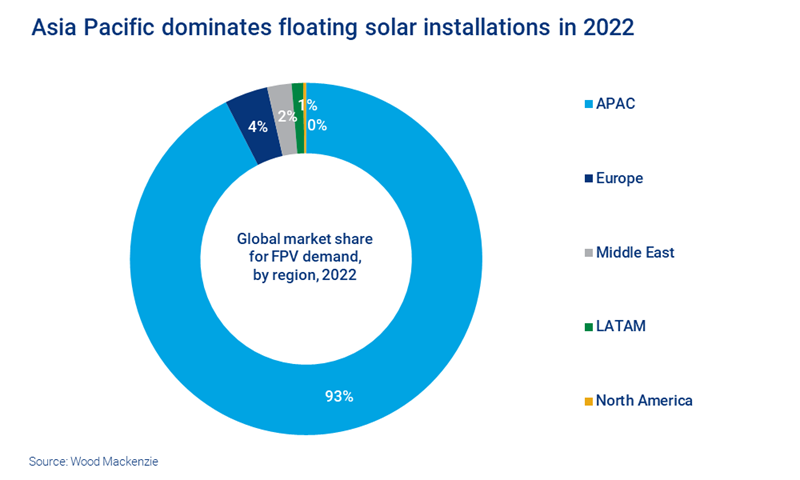
In 2022, China solidified its leadership with the commissioning of China Huaneng International Power's 320 MW floating project in Dezhou, Shandong Province. This is currently the largest floating PV project in the world.
Meanwhile, India, Indonesia, South Korea, Vietnam and Thailand have all developed large floating PV projects or announced that they will develop such projects in the next two to three years.
In Europe, solar developers are turning to floating PV as an alternative approach to capacity development in the face of competition for agricultural land. The Netherlands and France continue to lead the way, accounting for more than 85% of total European floating PV capacity in 2022. This is expected to change as new markets such as Spain and Portugal also begin to take advantage and develop new projects.
While land supply is abundant, the U.S. is also exploring floating PV projects and is expected to see about 10% year-over-year growth in installed capacity in 2022. Even though the cost of floating PV development is about 20-40% higher than ground-based PV projects, the elimination of land lease costs can be a very strong driver in urban areas with solar demand.
As the global demand for solar continues to grow and developers look for innovative ways they can increase capacity, floating PV has the potential to become one of the mainstream solutions.
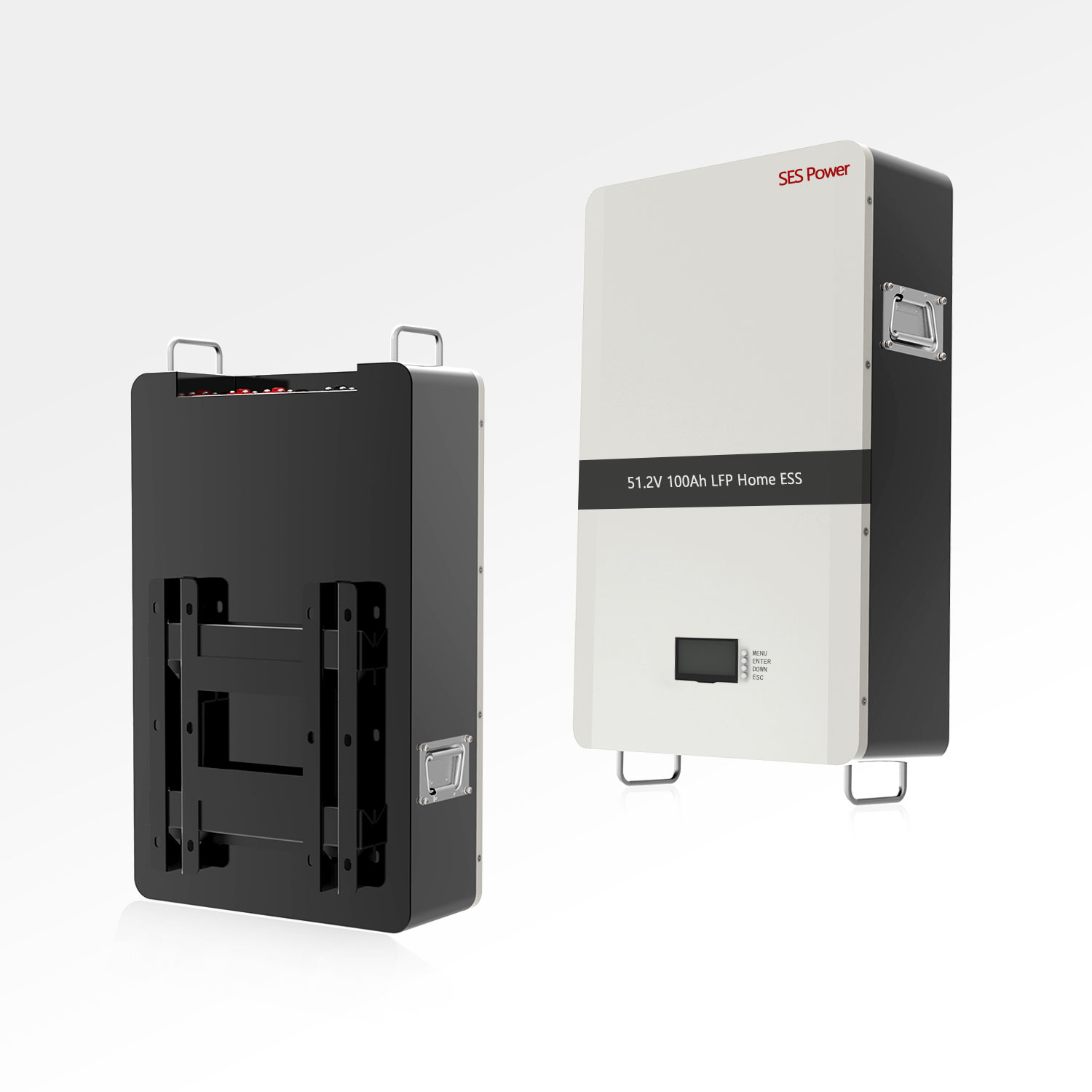
We have paid attention to the supporting needs of the PV industry for a long time, and SES Power has launched corresponding products for different application scenarios to achieve the best cost performance, such as lead-acid replacement products with balanced performance of square aluminum-cased lithium iron phosphate batteries (12V100Ah, 12V200Ah, 24V100Ah, etc.), high-current (2000A) starter lithium batteries, UPS High voltage lithium battery system (up to 860V), 3Kw~20Kw off-grid, grid-connected, islanded lithium battery energy storage system, wall-mounted form of home energy storage system 48V100Ah, 48V200Ah, stacked energy storage system (single unit of 51.2V100Ah, supporting up to 15 stacks), etc. All these products can be used with PV products.
If you have any questions about lithium batteries, you are welcome to contact us.













